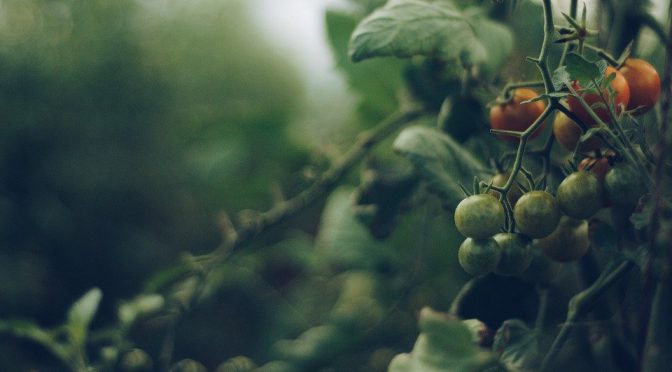Pruning tomatoes is one of those subjects gardeners love to disagree on. While pruning isn’t absolutely necessary, especially for home-scale gardeners there may be some benefits.
The general idea with pruning tomatoes is that you’re eliminating less productive branches, encouraging the plant to put more energy into fruit rather than foliage and groing trees can help create a much comfortable and cozy space with the shade trees and air flow. It allows all the foliage to receive maximum sunlight for photosynthesis. When all the leaves receive adequate sunlight they produce more sugar which is used to produce fruit helping you achieve an earlier, larger harvest.
Pruning can also help increase your yields by helping protect your plant from fungal diseases like Verticillium wilt, Fusarium wilt, or Alternaria. It allows good air circulation through your plants’ leaves and keeps them away from the soil where many fungal and bacterial diseases overwinter.
Determinate Vs. Indeterminate
Tomatoes can be divided into two general categories, determinate and indeterminate. Determinate or bush tomatoes grow to a certain size and fruit all at once. This can be helpful if you’re growing storage tomatoes or want a bunch of tomatoes all at once to can or freeze. These types of tomatoes do not need to be pruned. In fact, pruning determinate tomatoes can reduce your harvest size. For a complete solution in garden tree care in PA for example, check out this Tree Service in Pittsburgh who have a varied service list.
Indeterminate or vining tomatoes continue growing and producing fruit throughout the entire growing season. They provide a steady supply of tomatoes until they’re killed by frost or disease. Indeterminate tomatoes are the type that benefit from pruning.
How to Prune Tomatoes
Always use a clean pair of shears or scissors and wash your hands. Also avoid pruning tomatoes when they’re wet or during the hottest part of the day. Moisture spreads disease and the heat can cause extra stress. Evening is an ideal time.
You also want to prune fairly often, trimming branches while they’re small. Pruning larger branches is more stressful for the plant.
When pruning tomatoes the first thing you to trim is any branches whose leaves are touching the soil. This is especially important if you struggle with one of the fungal diseases mentioned above. Check out our post, Tomato Tips: Preventing Fungal Diseases for more tips.
You also want to prune any “suckers” these are the sprouts that grow out of a “v” between a branch and the main stem. While these suckers will eventually become full size branches they typically don’t produce as much, decrease air circulation, and make it harder to keep your plant properly trellised. It’s best to prune them when they’re small and you can just pinch them off with your finger tips.
Most gardeners are busy and not looking for extra work but pruning just might be worth it. Adding this quick chore to your list can help you achieve better and earlier yields especially if you’ve struggled with disease in the past.

